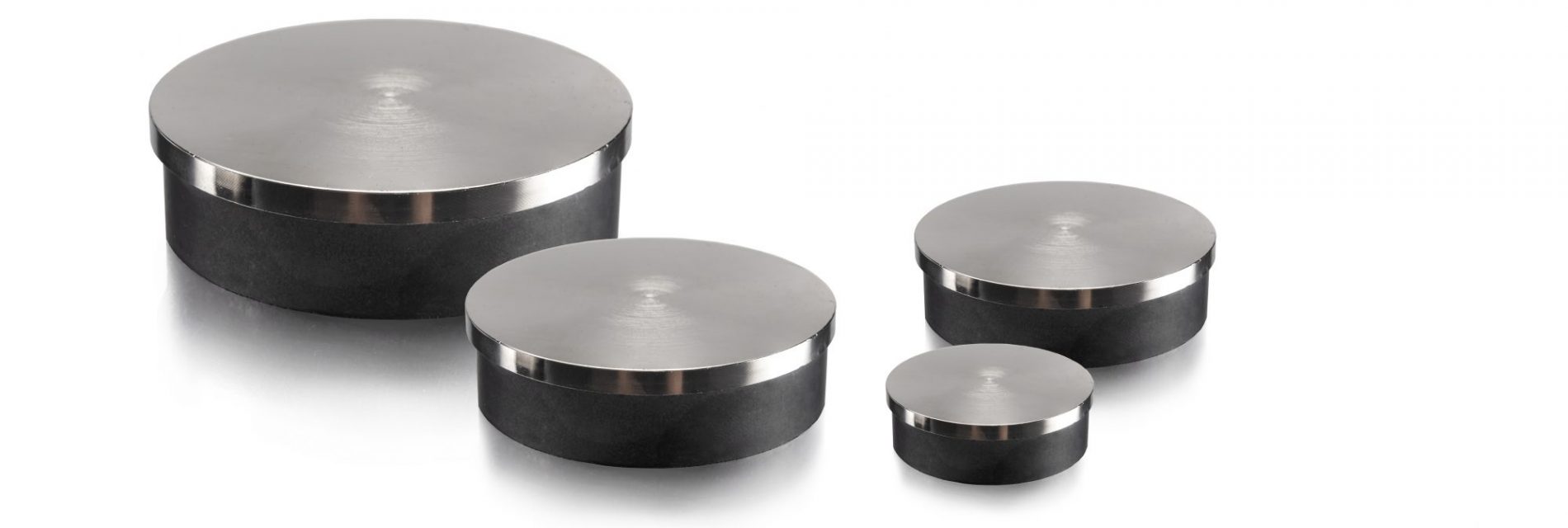ORIGIN AND COMPOSITION
In 1909 a German patent proposed magnetoplombite (mixed lead and iron oxide) to make magnets. It was not until 1925 that a French Forester improved its properties by introducing barium and strontium instead of lead and 1938 that the Swedish Adelsköld accurately determined the crystal structure.
But the industrial development of Ferrites magnets really took place in 1952 with the Philips Company.
MANUFACTURING PROCESS
Brown in colour, Ferrites are also called ceramic magnets because of their manufacturing process obtained by calcination.
The material consists of 80% iron oxide and 20% strontium or barium oxide (this material is ground to a very fine powder (< 1µm).
The shaping is done in a compression tooling in which a sludge made up of 40% water and ferrite powder is injected. A magnetic field is applied during the compression operation to orient the particles and give the magnet its anisotropy.
The drying operation must remove 13 to 20% of moisture. Sintering is carried out at a temperature of up to 1400°C and lasting up to 14 hours.
The care taken during grinding and sintering will be decisive for the magnetic quality.
During the sintering process, significant shrinkage can occur and when good geometric accuracy is required, machining is required.
Ceramics being very hard products, it is a delicate and expensive operation, as they require the use of diamond wheels. The standard tolerances are +/- 2% for raw dimensions and 0.1 mm for machined dimensions.
It is a product of large series.
MAGNIFICATION
The magnetic field required in the magnet to obtain a correct saturation is in the range of 7000 to 8000 Oe. In practice, a field source of 11000 Oe makes it possible to cover all scenarios.
Due to the high electrical resistivity of Ferrites, the use of pulse field sources is not a problem.
Possibility of isotropic and anisotropic magnets.
Orientation: axial, diametrical or radial.
The operating temperatures of Ferrite magnets can range from -40°C to +250°C.
IMPLEMENTATION
The high coercive field of Ferrite magnets leads to the following:
- The dimension parallel to the magnetization direction can be small compared to the dimensions of the polar faces (flat magnets).
- Due to their excellent resistance to demagnetization, it is possible to magnetize Ferrite magnets before or after their assembly in the magnetic circuit without any risk of loss of performance.
However, in the case of very thin shapes, especially for grades with a high persistence (≥ 4000 G) and a low intrinsic coercive field (< 3300 Oe) a gain of a few % can be obtained by magnetising the magnet in its final circuit.
Compression forming and shrinkage during sintering require that only simple prismatic shapes be produced. In the case of anisotropic products, this constraint is even more severe and imposes particular directions of the anisotropy axis. For example, it is not possible to produce radially oriented bushings.
SENSITIVITY TO CORROSION
Ferrite magnets are fully oxidized ceramics. They are therefore insensitive to atmospheric elements and soaking in saline solutions.
On the other hand, they are slightly attacked by sulphuric acid and quite strongly by hydrochloric and nitric acids. A surface coating is therefore not necessary.
APPLICATIONS
Due to their low cost, Ferrite magnets are used in a wide range of applications. They have replaced the electric coil in motors and are widely used in the automotive sector. In terms of quantities, it is the best-selling magnet in the world.
Due to their very expensive machining, it is difficult to obtain parts with very precise dimensions. Simple forms of blocks, discs or rings.
Examples: DC motors, loudspeakers, reed relays, magnetic separation systems…

